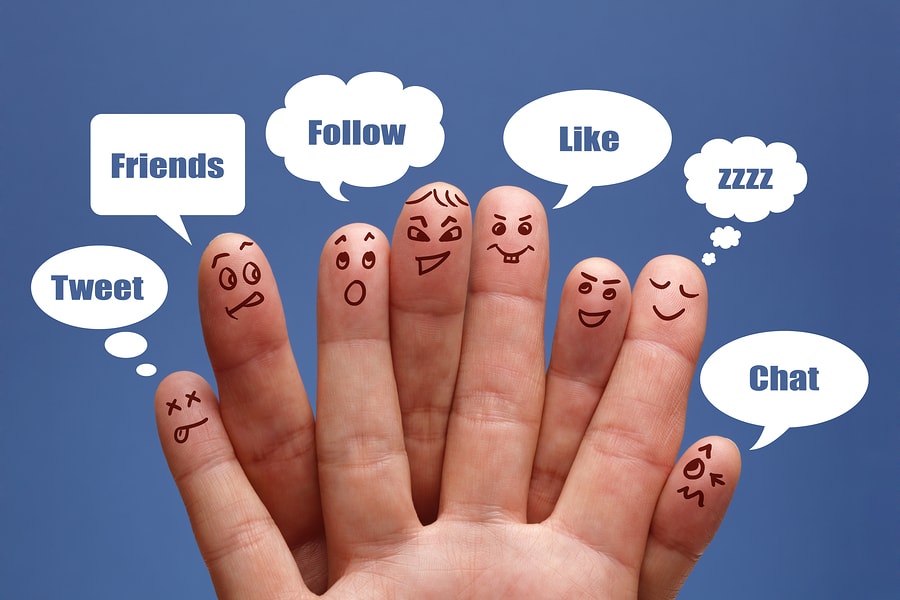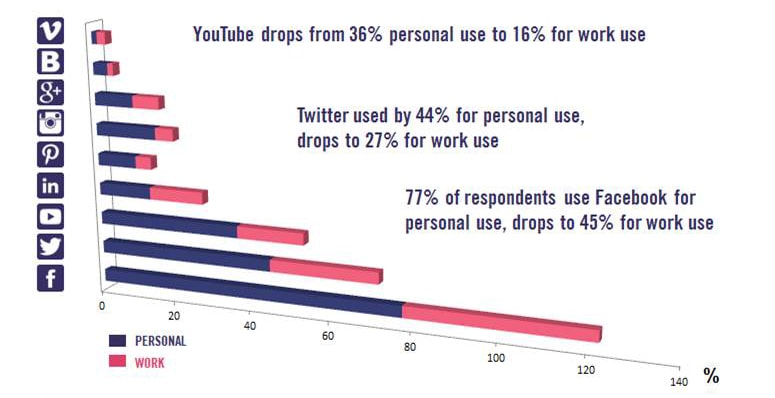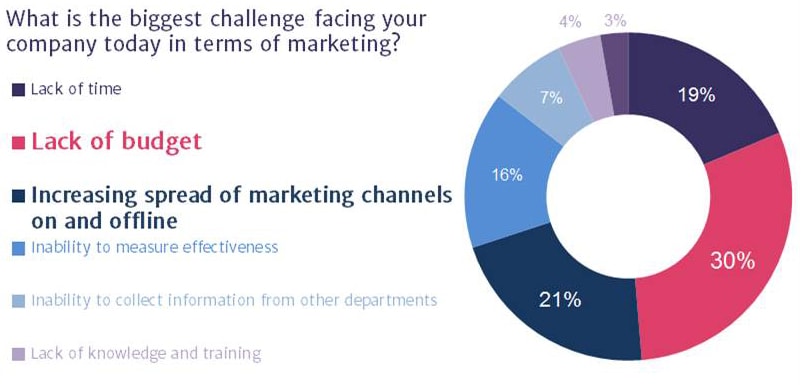 What’s the magic combination for the most successful social media share? According to content marketing agency Remarkable Content’s Share-ability 2014 research, it is an entertaining piece of visual content discovered on a Facebook news source and shared with a friend who feels it has personal relevance to them.
What’s the magic combination for the most successful social media share? According to content marketing agency Remarkable Content’s Share-ability 2014 research, it is an entertaining piece of visual content discovered on a Facebook news source and shared with a friend who feels it has personal relevance to them.
However, there’s a little more to it than that. After all, the mission now is to stand out amid the 140 million tweets and 1.5 billion Facebook posts made every day.
Share-ability 2014 surveyed 1,000 comms and sales people, of manager level and above, and asked them to admit how they use various platforms in their home life and for work. The results show it’s humour that inspires them to share most. Nearly half (47.7 per cent) say they are most likely to pass on something funny. This is followed by “cute” (25.7 per cent), “original/different” (24.3 per cent), and “shock factor” (20.9 per cent).
People are also more likely to share with friends (61.9 per cent) than family (54.5 per cent) and work colleagues (29.9 per cent). The kinds of profiles followed are led by news/magazine sources (33.8 per cent), celebrities (33.7 per cent) and businesses (26.1 per cent).
What job you do makes a difference. Interestingly, 92.7 per cent of those in job roles described as "administrative" say they use Facebook for personal use. For those in “marketing/PR” it is just 56.3 per cent.
As well as working out what people follow and share, the study also highlights how comms and marketing professionals are deploying social media for their brands.
First of all, 73.7 per cent of all respondents say they consider social media to be “important or very important” for marketing and PR purposes – the most highly valued application of social media, ahead of networking and recruitment.
Which social media channels do you use for personal use and which for work use?

Yet, although 77 per cent overall say they use Facebook for personal use, only 45 per cent say the same for work. YouTube was similar, dropping from 36 per cent personal to 16 per cent for work – even though video is six times more effective at promoting brands than print and online. These figures suggest that despite the recognition of social media’s importance in brand communications, it still isn’t inspiring the majority to take action.
So what is holding people back from using the power of social media?

Lack of budget is identified by 24 per cent, followed by the increasing spread of marketing channels (17 per cent). Lack of time is identified by 14.9 per cent. Making it even harder, of course, is that consumers are savvier, with the know-how to choose – and ignore – what they want.
Brands must respond by offering visually-driven content that is entertaining, original, relevant and valuable. That includes efficiently repackaging to get the most use. A blog, for instance, can be tweeted, transformed into an infographic, or crafted for Slideshare.
Although businesses can see the social media opportunity, many don’t yet know how to seize it.
Methodology
Share-ability 2014 was a survey carried out by Remarkable Content in conjunction with OnePoll and completed in September 2014. 1,000 professionals working across a number of sectors were asked about their social media use personally and for work, what made them likely to share content, how they feel about shared content, and what they believe are the marketing challenges affecting their business.
Written by Julius Duncan, head of Remarkable Content
PRmoment is hosting a free seminar in December on Contagious Content: The Secrets of Viral Marketing.
If you enjoyed this article, sign up for free to our twice weekly editorial alert.
We have six email alerts in total - covering ESG, internal comms, PR jobs and events. Enter your email address below to find out more:






